learn more:
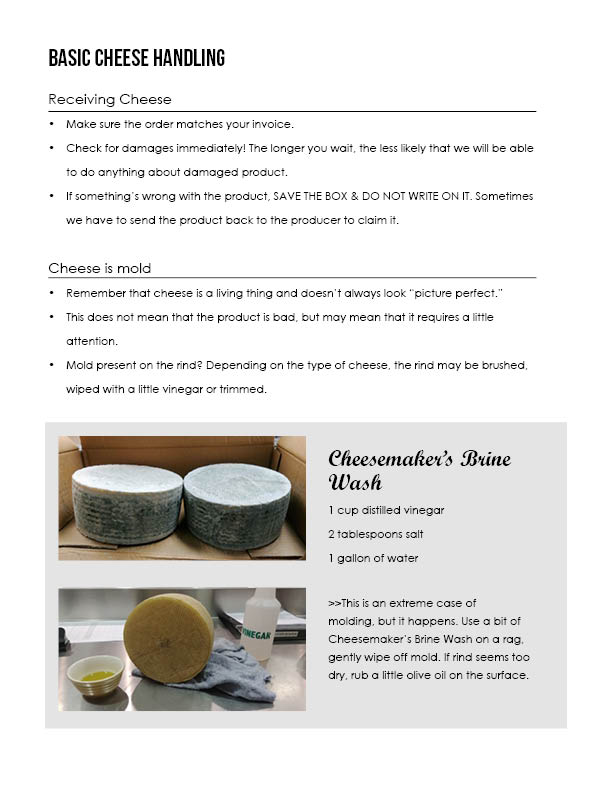
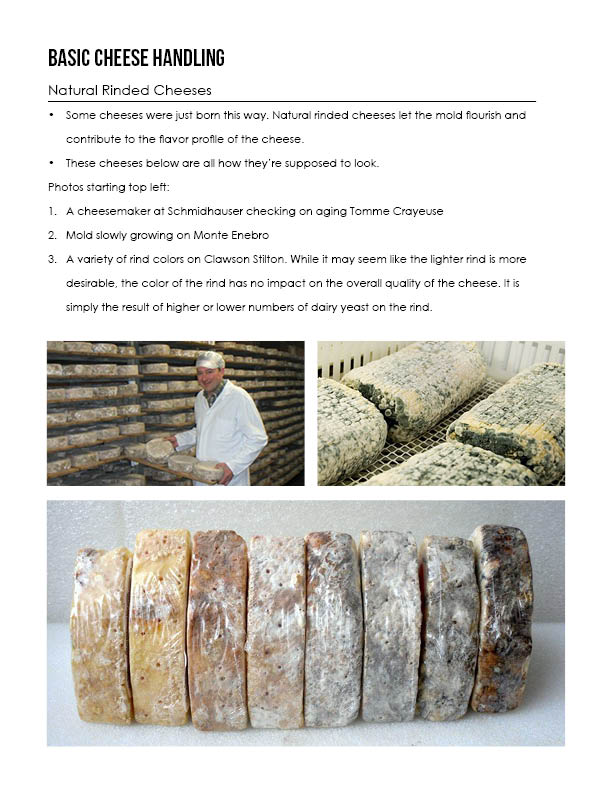
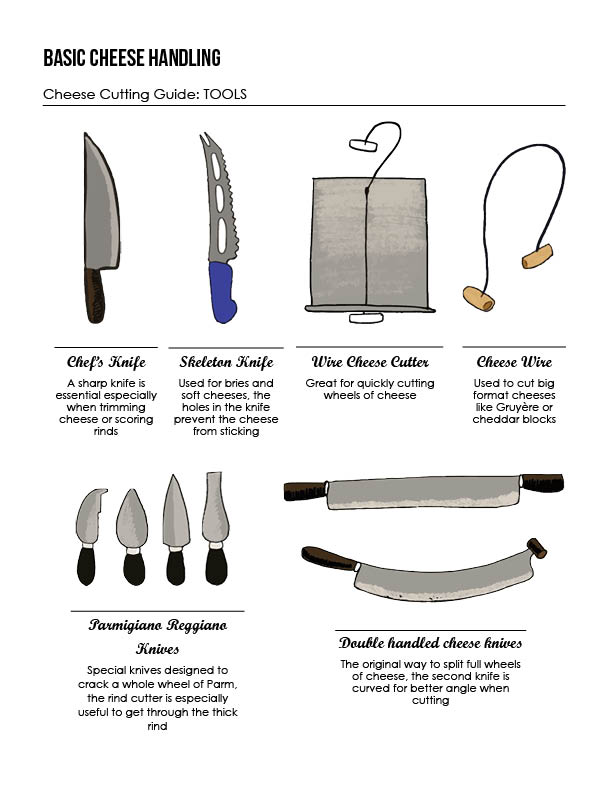
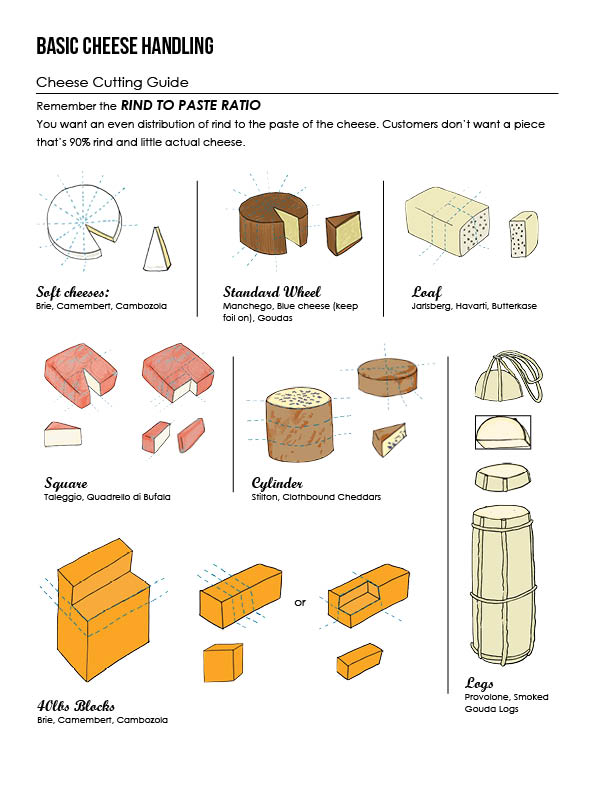
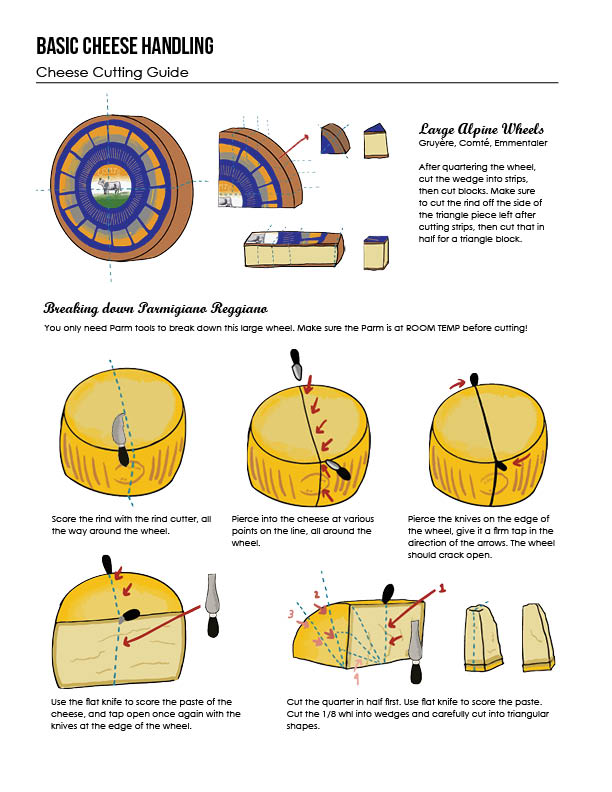
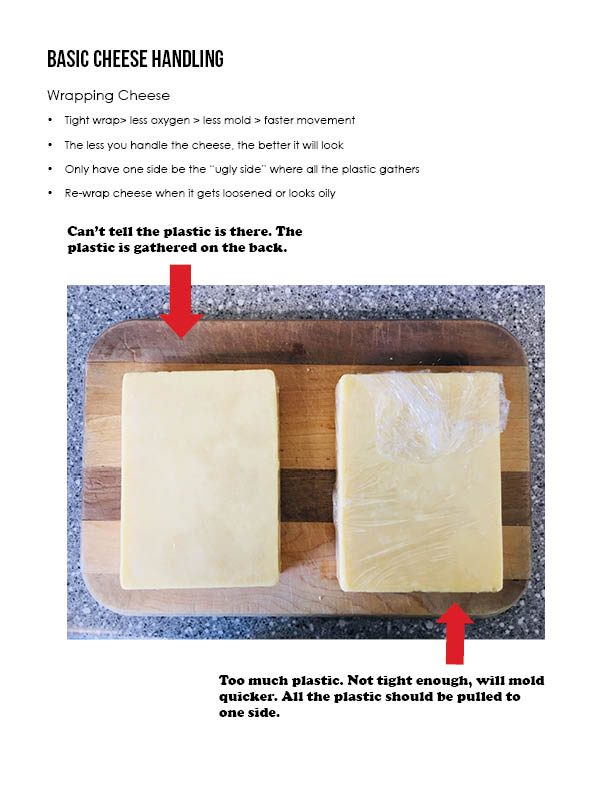
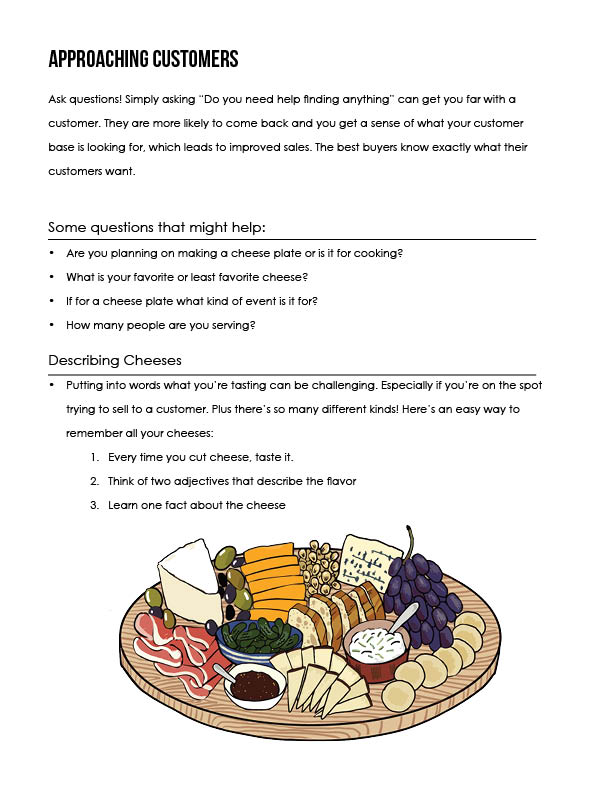
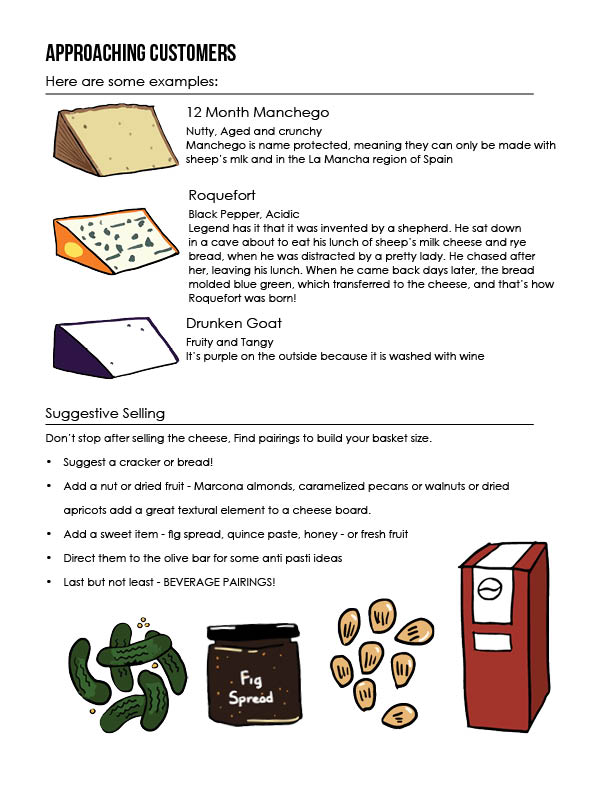
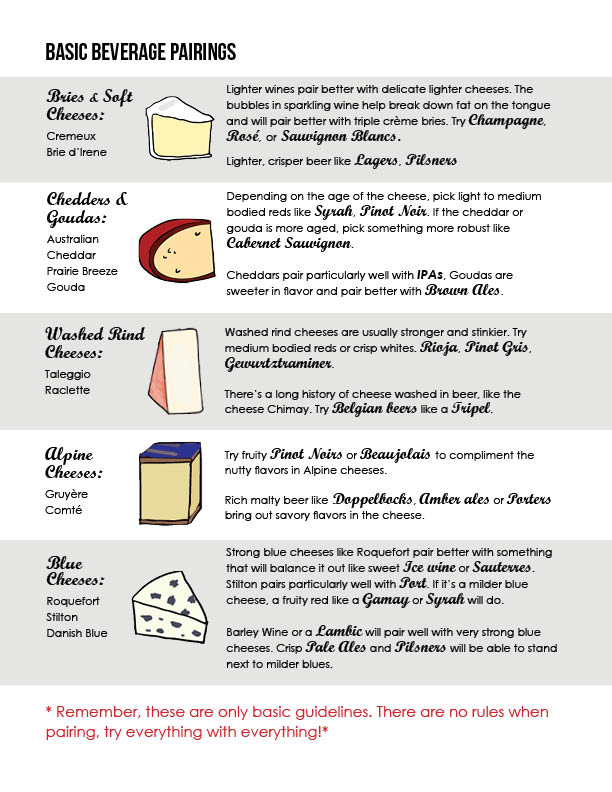
Cheese Classifications
Fresh
Uncooked and essentially unripened cheese. These have the shortest of shelf lives. Some examples are cream cheese, cottage cheese, ricotta, mascarpone, and some goat cheeses.
Pasta Filata
Cheeses of this style are created by immersing the curds in hot water and molding these curds into various shapes and sizes, achieving a desired consistency. Prime examples include mozzarella and provolone.
Soft Ripened and Bloomy Rind
Theses cheeses ripen from the outside in and sport a white bloom of a rind. The most popular varieties include Brie and Camembert. Other examples include Gratte Paille and Pierre Robert.
Washed Rind
During the ripening process the cheeses are rubbed or washed with brine (salt water), wine, brandy or other alcohol that gives the cheese a distinctive flavor and aroma. Examples include Livarot, Epoisses, and Pont l’Eveque.
Blues
Inoculated with Penicillium Roqueforti in the vat, these cheeses are then pierced to allow oxygen to penetrate within the cheese to develop even blue veining throughout. This process results in the familiar blue/green veining, and that distinctive bold flavor. Examples include Roquefort, Stilton, Bayley Hazen, and Bleu des Basques.
Uncooked and Pressed
These curds have not been heated but are pressed to expel the whey and create a particular texture. Examples are English Cheddar, Morbier, Tomme de Savoie, and Manchego.
Cooked and Pressed
These curds are heated to a specific temperature before pressing to achieve a smoother, creamier texture and flavor. Examples are Gouda, Cantal, Gruyere, Reggiano Parmesan, Appenzeller, and Emmental.
Processed
Actually made from real cheese, along with emulsifiers, gums, salts, oils, flavors and stabilizers. It is a consistent product with a long shelf life and a very smooth texture. Velveeta would be the most obvious example.

